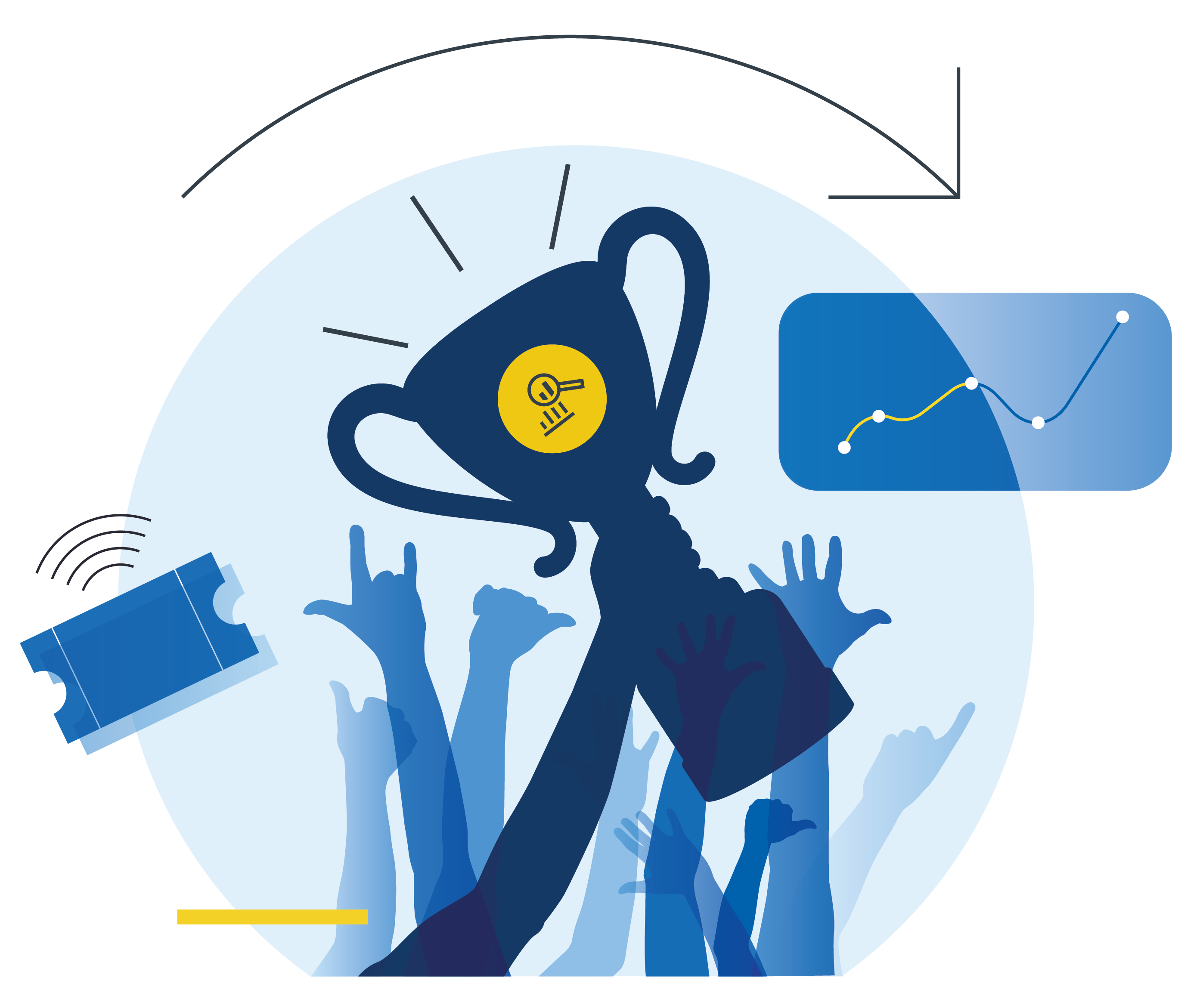Articles August 19, 2024
Create Lifelong Fans and Drive New Revenue with AI-Optimized Journeys


With Data-Driven Fan Journeys, the Possibilities Are Endless
Connecting All the Potential Touchpoints, Context, and Interactions

Comprehensive Traffic Data
With comprehensive traffic data, you could inform fans of faster travel routes or offer deals with transportation partners (e.g., Uber or Lyft).

Geolocation Data
Using geolocation data, organizations could promote their own on-site parking options, which expedites entry, or send concession deals to tempt fans to come earlier instead of tailgating or “pre-gaming” at a local watering hole.

Partner Data
Similarly, you could use partner data to create co-branded events that feature food or merchandise discounts to entice fans to arrive at the stadium earlier.

General Entry Guidance
Teams could also send general entry guidance — for example, if lines are shorter at a specific entry point — along with a concession deal to help fans arrive for the first pitch.
Only AI Can Game Out All the Fan Journey Possibilities
AI-Optimized Journeys Lead to Hyper-Personalized Fan Experiences
Download this PDF
Download









